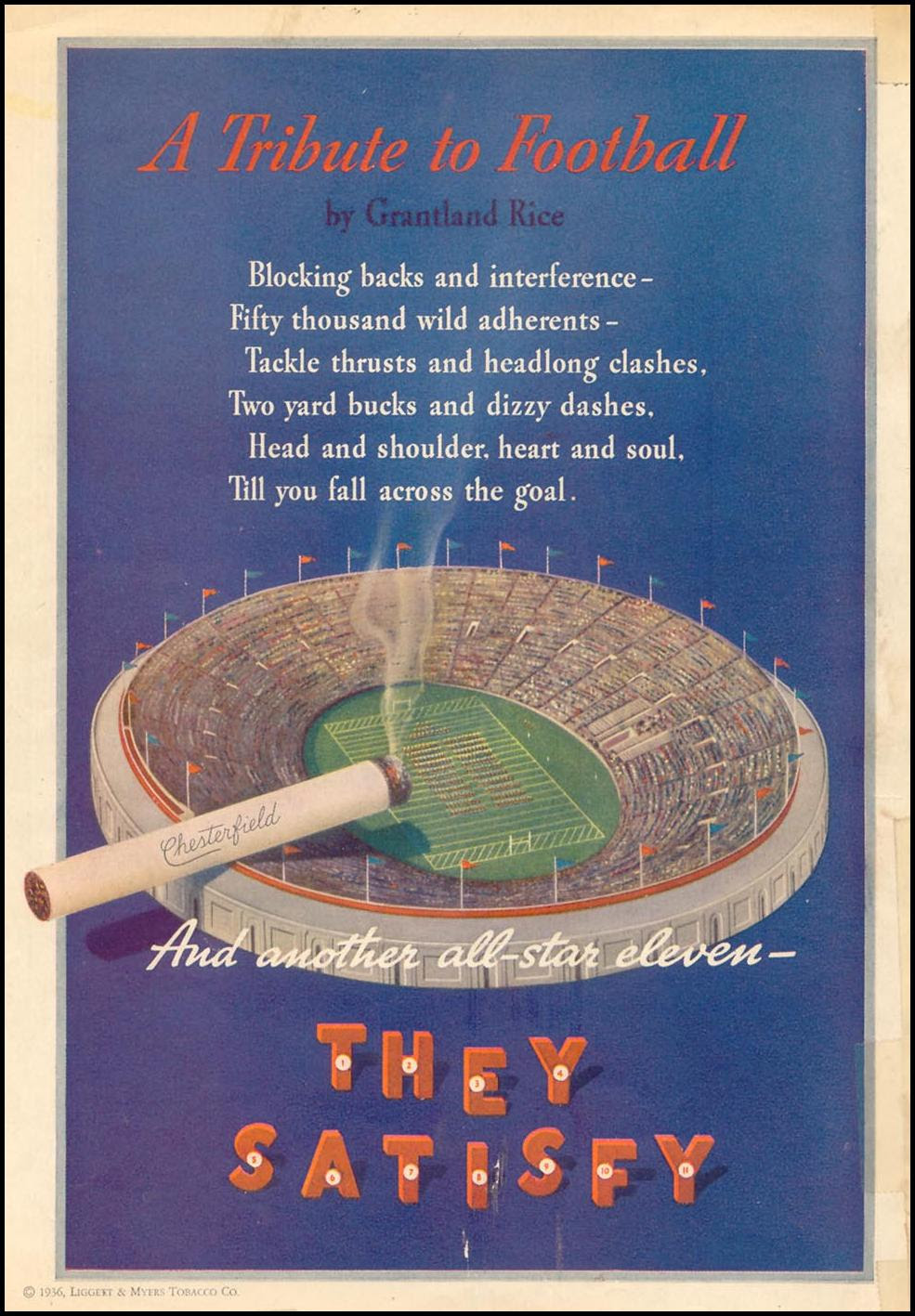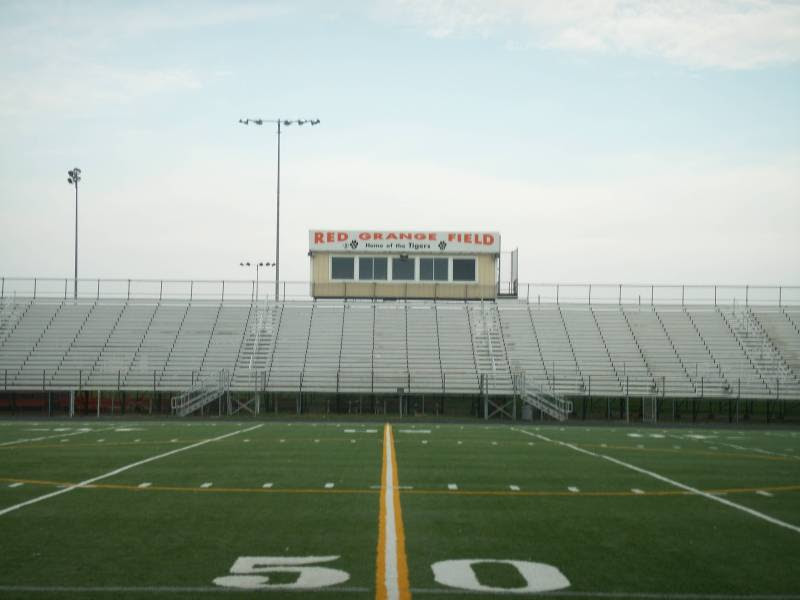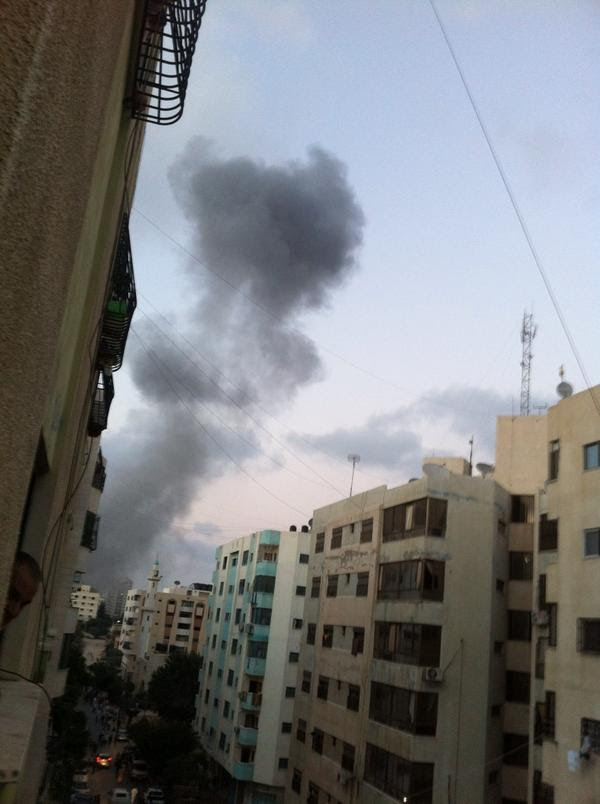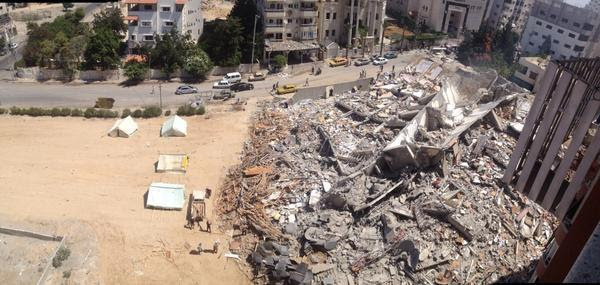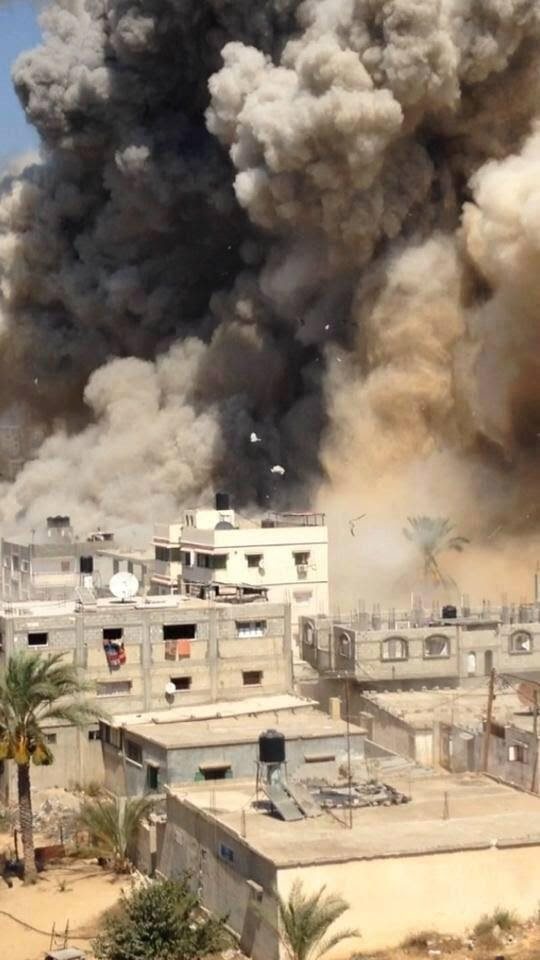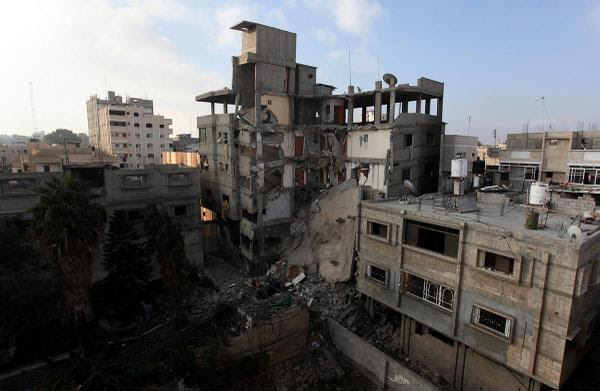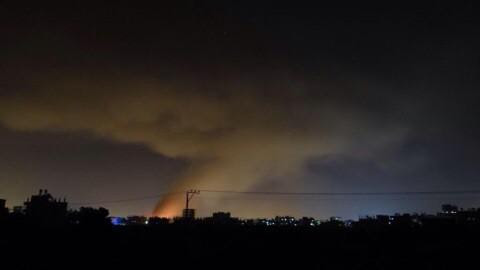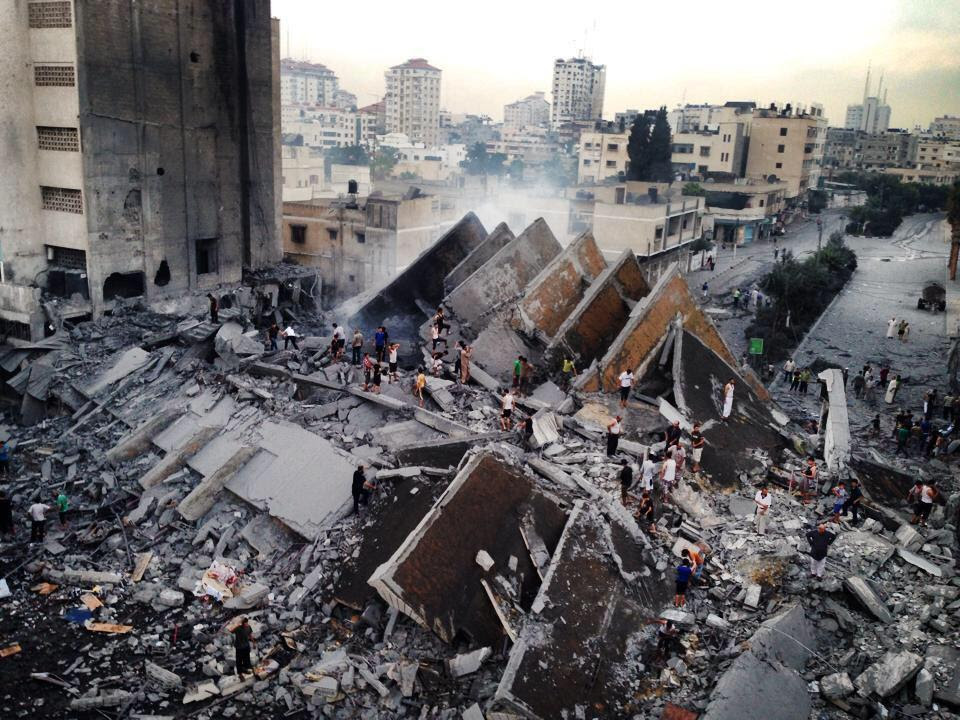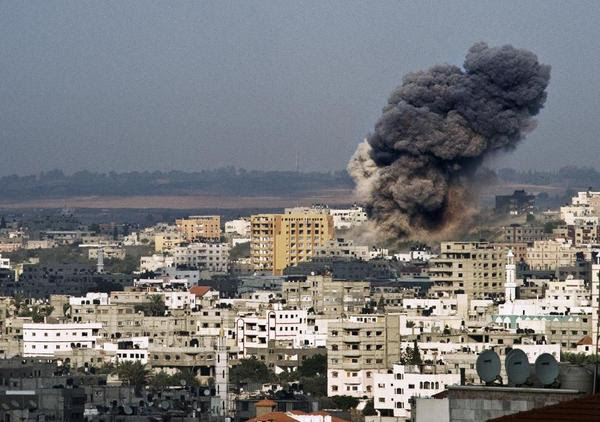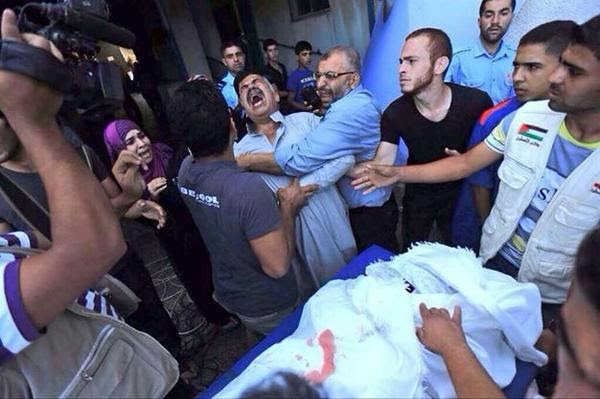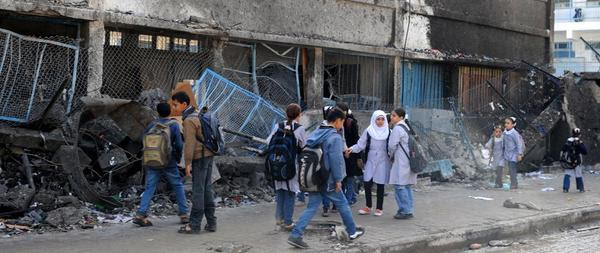.
The moment Al Zafer building was hit: photo via Issam Sammour on twitter, 24 August 2014
Hamid Dabashi: Gaza: Poetry after Auschwitz
'To write poetry after Auschwitz is barbaric.' Is writing poetry after Gaza also barbaric?
via Al Jazeera, 8 August 2014
In a memorable and much cited passage in Cultural Criticism and Society (1949),
Theodor Adorno, the eminent German philosopher who spent a good portion
of his life in the US following the Nazi takeover of his homeland,
famously said: "To write poetry after Auschwitz is barbaric. And this
corrodes even the knowledge of why it has become impossible to write
poetry today."
Later in his thinking, Adorno reconsidered the assessment, but the power and shock of this thinking has endured.
What did Adorno mean, exactly, by that phrase? How could writing
poetry after a calamity such as Auschwitz, and by extension a horror
like the Holocaust, be something barbaric? Doesn't poetry console in
moments of mourning and despair? And more to the point today: Is writing
poetry after Gaza also barbaric? What would that mean?
The preeminent Palestinian poet Mahmoud Darwish is no longer alive.
But were he alive today, how would he react to the carnage in Gaza? He
would have either committed suicide like the magnificent Lebanese poet
Khalil Hawi who did so in protest against the brutish Israeli invasion
of Lebanon in 1982, or he would respond with his poetry.
So how would we read Adorno's pronouncement today -- after the barbaric slaughter of Palestinians by Israelis in Gaza?
First, let's put what Adorno said in context. In his essay, Adorno
asserts that "the traditional transcendent critique of ideology is
obsolete", meaning "there are no more ideologies in the authentic sense
of false consciousness, only advertisements for the world through its
duplication and the provocative lie which does not seek belief but
commands silence".
We have, he is saying, hit a narrative cul-de-sac in our critique of
ideology, for we are integral to that ideology. The insularity of that
ideology has now metastasised into shades upon shades of advertisements,
which engulf and transmute the very nature of our critical faculties.
Ideology has become amorphous.
Adorno is after all critic of what he calls "the total society", a
society where everything, including cultural criticism, has been brought
into being, concretised, the critic and the subject of his or her
criticism indistinguishable.
"The more total society becomes," Adorno suggests, "the greater the
reification of the mind and the more paradoxical its effort to escape
reification on its own."
In other words, you cannot save a society via a cultural critique
that in its critical language continues to exacerbate that reification.
It is right here that Adorno suddenly adds: "Even the most extreme
consciousness of doom threatens to degenerate into idle chatter.
Cultural criticism finds itself faced with the final stage of the
dialectic of culture and barbarism. To write poetry after Auschwitz is
barbaric. And this corrodes even the knowledge of why it has become
impossible to write poetry today."
Why that is the case? "Through the crudity and severity of the notion
of causality, [cultural criticism] claims to hold up a mirror to
society's own crudity and severity, to its debasement of the mind. But
the sinister, integrated society of today no longer tolerates even those
relatively independent, distinct moments to which the theory of the
causal dependence of superstructure on base once referred."
Therefore it is near impossible for cultural criticism to find a
moral space outside the culture it wishes to criticise. We are here in a
hall of mirrors, where culture and cultural criticism keep reflecting
each other, generating the illusion of defiance, consolation, liberation
-- but in effect plunging us ever deeper into the abyss.
An open-air prison
It is here that, in an uncanny sentence written in 1949, Adorno uses a metaphor that points decades forward to Gaza:
"In the open-air prison which the world is becoming, it is no longer
so important to know what depends on what, such is the extent to which
everything is one."
By "open-air prison", he of course means a society in which
everything is totalised, homogenised, and has become one -- and thus the
fusion of the moral and the material, the ideological and the political,
the superstructure and infrastructure has become a concrete totality.
But hasn't Gaza, as a camp -- a concentration or internment camp --
also become that reified totality of the world the way Adorno diagnosed
it?
In his Remnants of Auschwitz: The Witness and the Archive (1999),
the Italian philosopher Giorgio Agamben examined the literature of the
survivors of Auschwitz, dwelling on the ethical questions they entail.
But the testimonial distance between Auschwitz and Gaza is precisely
where Adorno's cul-de-sac rests its case.
This much is all known and familiar to students of Adorno. Now the
question is when we fast forward from 1949 when he wrote that essay to
today, when we are witness to the Israeli slaughter of Palestinians in
Gaza, what do we see? Today how are we to read Adorno's phrase that “to
write poetry after Auschwitz is barbaric"?
Look
at Israeli society today, when it has unleashed its gargantuan
military machine against a mostly defenceless population. Rape their
women, cries one Israeli to his comrades-in-arms, kill their entire
population so they won't breed more "little snakes", echoes an Israeli
member of parliament. Burn them alive and watch them die, then go on a
hilltop to watch even more of them slaughtered by your army.
Kill
them as they play on the beach, kill them in the playground, kill their
crippled, kill them as they pray in their mosque. Destroy their homes
and flatten an entire neighbourhood, maim and murder them in UN school
shelters and then gather gleefully to sing: "Tomorrow there's no school
in Gaza, they don't have any children left."
Just for good measure, so no one could misinterpret any of this, one
Israeli newspaper published a a reader's blog openly calling for the "permissible genocide" of Palestinians.
What does all of this amount to? Doesn't it come together to define
what Zionism actually means today, as compared with its original
potential? They said there were no Palestinians. Today, Palestinians are
Palestinians, if by nothing else, by virtue of a history of
unconscionable suffering and heroic defiance. What are Israelis? Who are
Israelis? They are Israelis by virtue of what? By a shared and
sustained murderous history -- from Deir Yassin in 1948 to Gaza in 2014.
Is that not Zionism, the ideological foundation stone of being an
Israeli?
'Barbarism manifest'
This macabre chorus of death is the poetry that Israelis are singing
upon the graveyard of Gaza. "Death to Arabs", cry mobs in Tel Aviv -- for
this is the poetry of Zionism for Gaza. This is what Adorno meant when
he said, "after Auschwitz poetry is barbarism". This is what he had
diagnosed, this is what he had anticipated. Israel is the puerile poetry
after Auschwitz. It is barbarism manifest -- and in that it is the
microcosm of the world it inhabits, from Saudi Arabia and Egypt that
support it, to Iran and Turkey that feign to oppose it, from the US and
Europe that arm it, to China and Russia that look for lucrative business
within it. And it is precisely this world at large, crystallised in
Israel, that Adorno saw, diagnosed, and feared.
But the terror of that barbaric poetry is heavy. After Gaza, not a
single living Israeli can utter the word "Auschwitz" without it sounding
like "Gaza". Auschwitz as a historical fact is now archival. Auschwitz
as a metaphor is now Palestinian.
From now on, every time any Israeli, every time any Jew, anywhere in
the world, utters the word "Auschwitz", or the word "Holocaust", the
world will hear "Gaza". That is the sublime truth of Adorno's phrase,
for, as Primo Levi saw it as early as 1982, in the aftermath of yet
another Palestinian slaughter: "Today, the Palestinians are the Jews of
the Israelis." Thus today Zionism -- as sung by these murderous thugs in
the streets of Tel Aviv -- is the barbarism Adorno warned after
Auschwitz.
But what about Gaza? What about poetry after Gaza -- the poetry of
Palestinians, of Arabs, of any human being bearing witness to the
slaughter in Gaza? The answer to this daunting question is no longer
with Adorno but with another Jewish thinker of his time, who saw the
dark clouds of Nazi terror gathering much sooner than all of them
combined and ultimately opted to end his life before they flooded his
world with their dreadful and deadly rain.
Between Walter Benjamin's suicide in 1940 on the border between
France and Spain, running away from the banality of Nazi evil, and
Khalil Hawi's suicide in 1982, in protest against the Zionist invasion
and occupation of his homeland, the fate of all our metaphors and
allegories after Gaza was written and sealed.
Where Adorno saw concrete totality, Benjamin saw ruinous fragments,
and from the shattered concrete blocks of Gaza under the mighty bombs of
the US and Israel, Benjamin anticipated the messianic rise of
earth-shattering allegories for our future fears, foretelling our
fantasies of freedom. While in Adorno the vile and diabolic Zionism that
Netanyahu interprets and exercises is the confirmation of his thought
that after Auschwitz all poetry is barbaric, in the very same ruins of
Gaza, right next to the broken skulls of dead Palestinian children,
dwells the rising seeds of our future world -- fearful, phantasmagoric,
deadening, inaugural.
Hamid Dabashi is Hagop Kevorkian Professor of Iranian Studies and Comparative Literature at Columbia University.
The IOF asking the people in this building near my house [Al Zafer no. 4 residential tower] to immediately evacuate!: photo via Sabreena-Gaza on twitter, 24 August 2014
Report: AlZafer no. 4 building totally destroyed: photo via WhateverinGaza on twitter, 24 August 2014
Smoke seen after a Massive Explosion nearby 7:25 pm.
The entire tower was shaking: photo via Culé MD Gaza on twitter, 25 August 2014
Al
Zafer building, moments after the strike: photo via Shaima' Ziara on twitter, 24 August 2014
 Al Zafer building, after the strike: photo via Shaima' Ziara on twitter, 24 August 2014
Al Zafer building, after the strike: photo via Shaima' Ziara on twitter, 24 August 2014

13-story Al Zafer residential building razed to the ground after IOF airstrike; 16
injuries reported so far: photo via Omar Daraghmeh on twitter, 24 August
2014
13-story Al Zafer building razed to the ground after IOF airstrike; 16
injuries reported so far: photo via Omar Daraghmeh on twitter, 24 August
2014
This building used to house 360 people now they are all homeless from Israel strike to the tower..: photo via Falasteen on twitter, 24 August 2014
Nothing left to tell their stories... except melting metal: photo via Ahmed Tharwat on twitter, 24 August 2014
Some families taking tents as shelters next to their damaged flats the day after
Israel's targeting of the 13-story Al Zafer residential tower: photo via Dalia Labadibi-Gaza on twitter, 25 August
2014
Palestinians search through the ruins of their homes after Israel destroys 13-story Al Zafer residential tower: photo by Dan Cohen, 25 August 2014
Ali Bin Abi Taleb Mosque: destroyed by israel for being a mosque...: photo via Gaza Writes Back on twitter, 25 August 2014
That moment!: photo via Mohammed Y. Ismail on twitter, 25 August 2014
More and more attacks hit Gaza...
As the 50th day comes to an end, people still under attack: photo via Falasteen on twitter, 25 August 2014
Israeli occupation forces destroy an entire neighbourhood: photo via ISM Palestine on twitter, 25 August 2014
Israeli rockets: destruction: photo via Mohammed M Abu Sadaa on twitter, 24 August 2014
The UN says 70 percent of the Palestinians who have died in Gaza were civilians: photo via Al-Akhbar English on twitter, 24 August 2014
Nader al-Masri, Palestinian Olympic athlete and his father at the ruins of their family home: photo via Dr Bassel Abuwarda on twitter, 24 August 2014
A Palestinian is carried from the rubble of a building bombed by Israel in Gaza on Saturday: photo via Dr Bassel Abuwarda on twitter, 24 August 2014

Now many injuries at Alshifa hospital after an airstrike on one of the citizens' homes in Gaza: photo via Solidarity Gaza on twitter, 25 August 2014
Doctors, Nurses & Paramedics of Gaza...... these are my Heroes: photo via Sabry Wazwaz on twitter, 24 August 2014
Family of five killed as Israel bombs Gaza homes, mosques: photo via Falasteen on twitter, 24 August 2014
Gaza every minute...: photo via Falasteen on twitter, 24 August 2014
 Israeli warplanes targeted the House of Al-Dahdouh, South of Gaza City today: photo via CemDM on twitter, 24 August 2014
Israeli warplanes targeted the House of Al-Dahdouh, South of Gaza City today: photo via CemDM on twitter, 24 August 2014
Israeli warplanes targeted the House of Al-Dahdouh, South of Gaza City today: photo via CemDM on twitter, 24 August 2014

Israeli warplanes targeted the House of Al-Dahdouh, South of Gaza City today: photo via CemDM on twitter, 24 August 2014

Israeli warplanes targeted the House of Al-Dahdouh, South of Gaza City today: photo via CemDM on twitter, 24 August 2014
Rafah sky covered with smoke after the strike: Israel hit a building
in Rafah just moments ago...: photo via Falasteen on twitter, 24 August
2014
The largest shopping center in Rafah city burns in the early morning of 24 August: photo via Dr Bassel Abuwarda on twitter, 24 August 2014

Good morning from Gaza, 24th August:
The remnants of the largest shopping center in Rafah city: photo via Dr Bassel Abuwarda on twitter, 24 August 2014
 Good morning from Gaza, 24th August:
The remnants of the largest shopping center in Rafah city: photo via Dr Bassel Abuwarda on twitter, 24 August 2014
Good morning from Gaza, 24th August:
The remnants of the largest shopping center in Rafah city: photo via Dr Bassel Abuwarda on twitter, 24 August 2014
Good morning from Gaza, 24th August:
The remnants of the largest shopping center in Rafah city: photo via Dr Bassel Abuwarda on twitter, 24 August 2014
Israelis bombed the Italian tower that used to house 100 families now they are all homeless...: photo via Gaza Under Attack on twitter, 25 August 2014
Italian tower that was targeted by Israel last night by Terrorist Israel!!: photo via Sara Alsagga on twitter, 26 August 2014
Remains of Italian Mall tower in Gaza, struck in overnight Israeli raids: photo via Ramy Hossain on twitter, 26 August 2014
Archived photo of the Basha building, which Israel just now completely flattened with 4 F-16 missiles: image via Linah Alsaafin on twitter, 26 August 2014
Albasha tower now: image via Occupied Air / Manic on twitter, 26 August 2014
 This is AlBasha tower that was bombed more than five times last night by
Israeli F16s...: photo via falasteen on twitter, 26 August 2014
This is AlBasha tower that was bombed more than five times last night by
Israeli F16s...: photo via falasteen on twitter, 26 August 2014
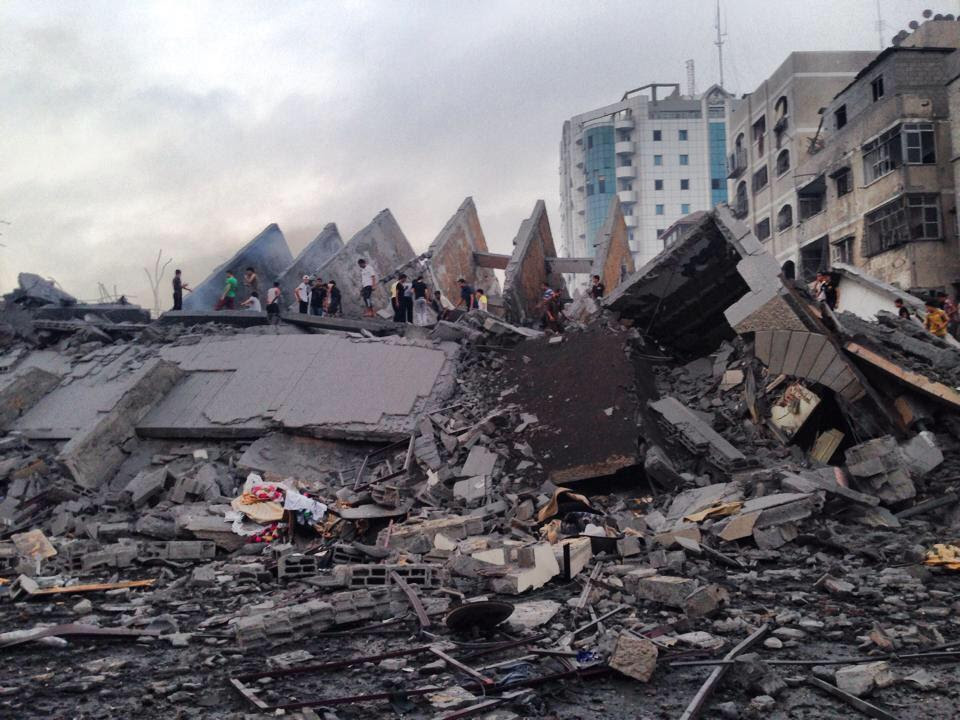 This is AlBasha tower that was bombed more than five times last night by
Israeli F16s...: photo via falasteen on twitter, 26 August 2014
This is AlBasha tower that was bombed more than five times last night by
Israeli F16s...: photo via falasteen on twitter, 26 August 2014
This is AlBasha tower that was bombed more
than five times last night by Israeli F16s...: photo via falasteen on
twitter, 26 August 2014
Five Palestinians including three children killed in airstrike on Gaza home: photo via ISM Palestine on twitter, 24 August 2014
One of two twins born during this assault, killed when airstrike targeted their home: photo via Dr Bassel Abuwarda on twitter, 25 August 2014
It's not a toy -- it's a prosthesis: photo via Gaza Under Attack on twitter, 25 August 2014
"Doctor, please, I don't want to die!" this little girl said: photo via Omar Ghraieb on twitter, 25 August 2014
His eyes: "WHY THE HELL..."?: photo via Mohammed Y. Ismail on twitter, 25 August 2014
The Gaza look...: photo via Falasteen on twitter, 25 August 2014
We never forget Sara Omar Sheikh al-Eid, killed by shrapnel: photo via List of War Victims on twitter, 24 August 2014
Holding his hand & trying to convince him that one day the World might get better: photo via Dr Bassel Abuwarda on twitter, 26 August 2014
We Don't Forget Yasser Zaki Abu Madi, killed by tank shells: photo via List of War Victims on twitter, 24 August 2014
No loss can be compared to that of a parent losing one or all of his children! A dad's cry of pain: photo via Omar Ghraieb on twitter, 25 August 2014
The day began with the new school year starting in Palestine, while remaining deferred in the Gaza Strip: photo via Shereen ElOkka on twitter, 24 August 2014
Gaza children mark first day of school, but no lessons: photo by AFP via Joe Catron on twitter, 24 August 2014




